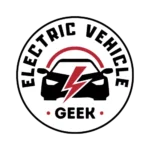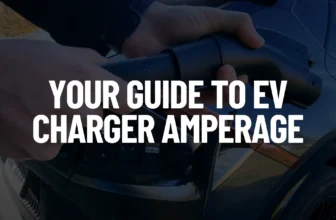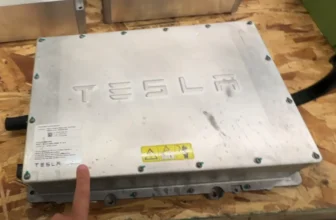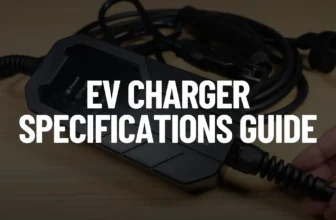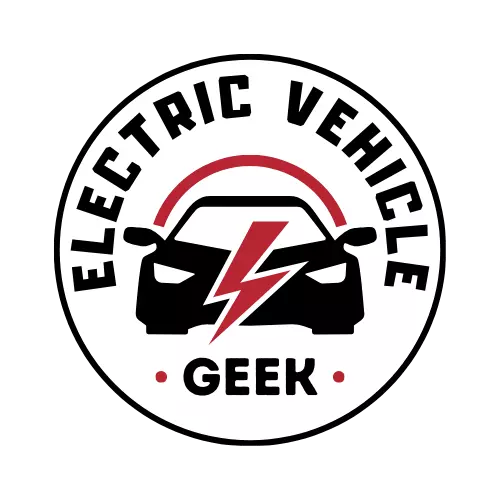The future of EVs depends on solving the industry’s common issues today, including lack of affordability and the electrical grid power issues facing the United States. Not only is the current electrical system failing but it was also built with the presumption of a stable climate and a centralized, unidirectional flow of electricity.
Highlighted below are some of the common issues likely to affect the widespread adoption of EVs.
- EV manufacturers are currently trying to lower the cost of ownership by moving towards low-cost and efficient EV components such as the use of Ideal Power’s bidirectional bipolar junction transistor, better known as B-TRAN, which increases the range of EVs and also reduces the costs of building EV components.
- EV Battery prices, on the other hand, account for 40% of the cost of owning an EV, a challenge that is being solved by manufacturers such as Toyota, who have introduced solid-state EV batteries with a 745-mile range and cutting emissions by 39%, enabling higher ranges and low-cost batteries.
- Another issue facing the growth of EV adoption is the United States Electric Grid, on our recent article “Can the Grid Handle Electric Cars?” we highlighted the need for up to 50% expansion requirements, maintenance of the old ageing electrical grid, and grid modernization and integration to accommodate 26.4 million electric cars expected to be in the road by 2030.
In this blog post, we will explore the elephant in the room and the crucial role of grid modernization and integration in shaping the future of electric vehicles.
The Growing Trend of Electric Vehicles
The electric car revolution is happening; in 2023, there were a record 3 million electric vehicles registered, up from 2 million in 2022, according to a recent new vehicle registration report by Experian, as United States consumers switch to cleaner and sustainable transportation.
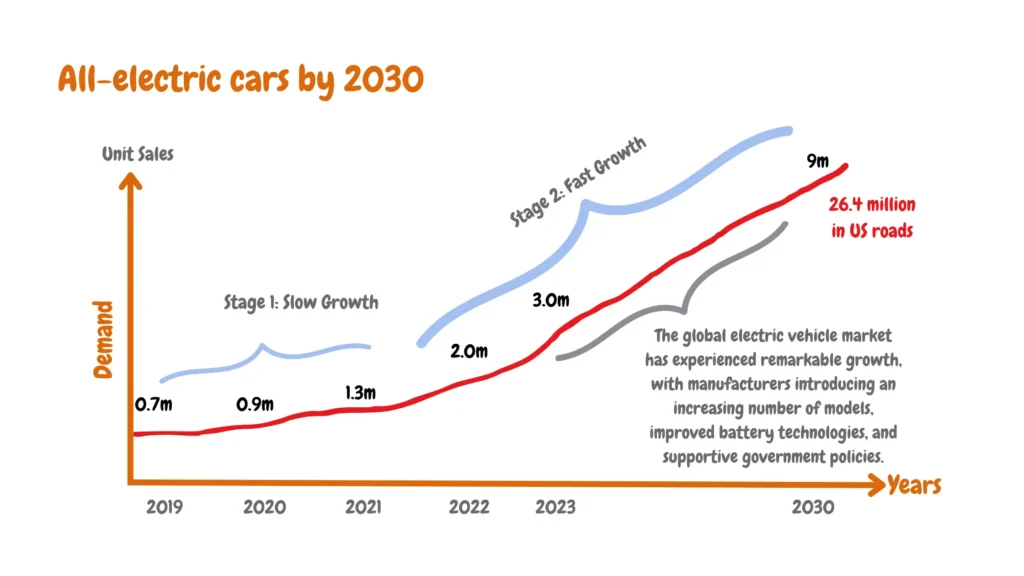
The surge in EV adoption is largely attributed to introducing new electric vehicle models, improved battery technologies that increase the range and lower the cost of EV ownership, and supportive government policies such as the Bipartisan Infrastructure Law.
How Grid Modernization and Integration Helps in EV Charging
The current forecast for electric vehicles stands at 26.4 million on US roads; The Biden administration also wants to shift to electric cars with policies to ensure over 50% of vehicles in the United States are electric under the EV Acceleration Challenge. Considering our 1970s’ and 1980s aging electric grid powers 70% of our total electricity consumption, that’s an ambitious goal.
The demand for electricity to charge the high number of electric vehicles can strain the old electric grid, especially during peak times, and this is where grid modernization comes in; grid modernization is the process of incorporating new energy sources such as variable renewable energy (VRE) into our existing electrical grid.
Some of the challenges faced by power grids that can be solved by grid modernization and integration include:
Grid Capacity and Load Balancing
One of the primary challenges is the power grid’s capacity to handle the increased load of 101 terawatt hours required to power 26.4 million electric vehicles on U.S. roads in 2030. Upgrading the grid infrastructure to support higher power demands is essential. Additionally, smart technologies for EV load management can help distribute the demand evenly, preventing peak-hour overload.

Integration of Renewable Energy Sources
Integrating renewable energy sources into the power grid is crucial for supporting the environmental benefits of electric vehicles. Solar and wind power can create a cleaner and more sustainable energy mix. Investing in grid systems that efficiently manage and distribute energy from these sources can reduce our reliance on non-renewable energy.
This involves creating a symbiotic relationship between electric vehicles, charging stations, and the grid, ensuring a sustainable and eco-friendly power ecosystem.
The Role of Grid Modernization and Integration
An essential aspect of grid modernization is the development of smart charging infrastructure. Fast-charging stations and smart grids are pivotal in making electric vehicles more practical for everyday use.
Fast-Charging Stations
Fast-charging stations are becoming increasingly prevalent, allowing EV owners to recharge their vehicles quickly and conveniently.
| Total U.S. Charging Stations (May 2023) | 53,400 |
| Total U.S. Charging Outlets (May 2023) | 138,100 |
| Public Fast Chargers (2022) | Around 28,000 |
| Expected Capital Expenditure (2030) | $97 Billion USD |
Deploying these stations along major highways and urban centres is essential for addressing range anxiety and encouraging long-distance travel with electric vehicles.
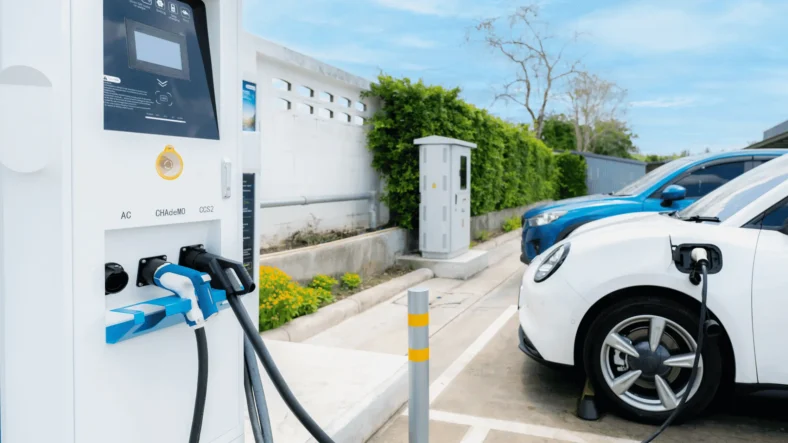
Smart Grids for Optimal Charging
Smart grids enable more efficient energy distribution by considering demand, time of day, and energy prices. in an effort towards grid modernization and integration, The Energy Department is investing in grid modernization and integration and is also at the forefront of research on synchrophasors, advanced grid modelling, and energy storage, which are key to a reliable electric grid to power the demands of EV power requirements.
Addressing Grid Challenges and Peak Demand Issues with Smart Charging Solutions
Smart charging solutions are vital in addressing grid challenges and managing peak demand issues. These solutions involve intelligent algorithms that optimize charging times, reducing the impact on the grid during high-demand periods.
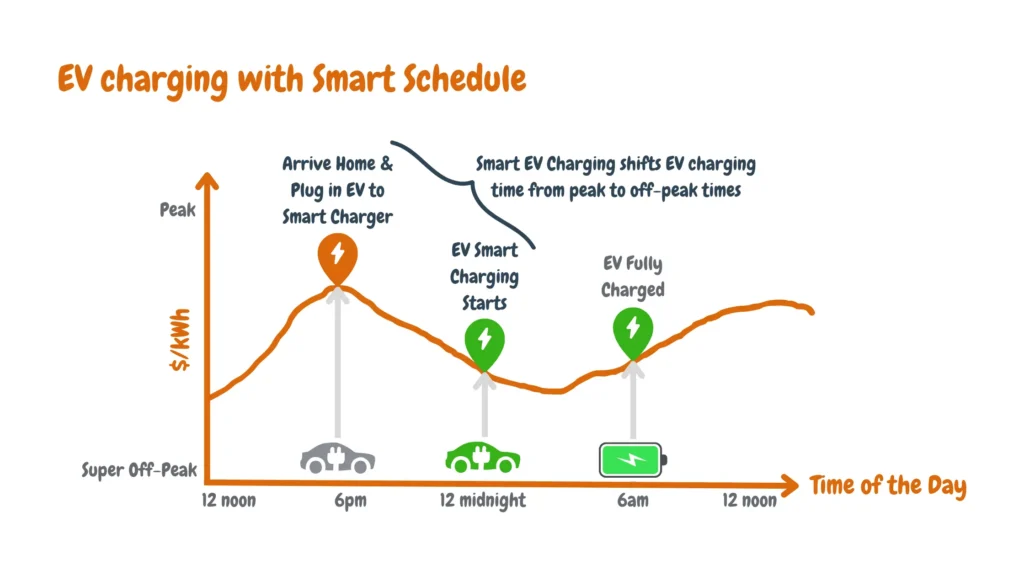
The infographic image above shows that we only charge our EV from 12 midnight to 6 am, during the day and peak sessions our electric vehicle is always parked, that’s close to 70% of its life, Grid Modernization and Integration can help match charging load with optimal resource availability, and level out daily electrical demand on the network.
Optimizing Grid Capacity and Load Balancing through Evolving Coordination Strategies
In times of heightened system stress, grid operators increasingly rely on large customers to voluntarily reduce their power consumption. However, advancements in grid management technologies may shift this paradigm towards more automated downstream controls.
This evolution envisions a more extensive coordination of electricity “traffic flow” at the distribution level, promising enhanced efficiency in Grid Capacity and Load Balancing.
The Role of Distributed Energy Resources (DERs) in EV Charging
Distributed Energy Resources (DERs) represent another crucial component of grid modernization and integration in EV charging. DERs, such as home solar panels and energy storage systems, empower individual consumers to generate and store their electricity. Integrating DERs into the EV charging ecosystem enhances resilience, reduces strain on centralized grids, and promotes energy independence.
Government Initiatives and Investments
The United States government is taking initiatives and investing in grid modernization projects to accelerate the transition to an EV-friendly infrastructure.
The Administration’s groundbreaking commitments to advancing EV technologies have catalyzed a parallel surge in private sector investments, with companies aligning their interests with the federal government to bolster the development of the Made-in-America EV Charging Network, which aims to enhance grid reliability and increase capacity, reduce cost, and promote the integration of renewable energy.
Government Funding for Grid Upgrades
The Biden administration is allocating substantial funds to build new power lines and upgrade the ageing electric grid. This includes investments in smart grid technologies, energy storage systems, and grid expansion projects. These efforts are critical in ensuring that power grids accommodate the growing number of electric vehicles on the roads.
Incentives for EV Adoption
Many governments are also providing incentives to promote electric vehicle adoption. These incentives may include tax credits, rebates, and grants for EV owners and businesses investing in EV infrastructure. Governments are actively contributing to the need for grid modernization by encouraging the widespread adoption of electric vehicles.
Conclusion
The future of electric vehicles is undeniably intertwined with the modernization and integration of power grids. As we witness the global shift towards sustainable transportation, investing in advanced technologies to support the growing electricity demand is imperative.
Grid upgrades, integration of renewable energy, and the development of an efficient charging infrastructure are key components in ensuring a smooth and sustainable transition to an electrified future.
With collaborative efforts from governments, industries, and communities, we can build a robust foundation for the widespread adoption of electric vehicles, reducing our carbon footprint and creating a cleaner, greener future.

James Ndungu is a certified EV charger installer with over five years of experience in EVSE selection, permitting, and installation. He holds advanced credentials, including certification from the Electric Vehicle Infrastructure Training Program (EVITP) and specialized training in EV charging equipment and installation, as well as diplomas in EV Technology and Engineering Fundamentals of EVs. Since 2021, James has tested dozens of EV chargers and accessories, sharing expert insights into the latest EV charging technologies.
